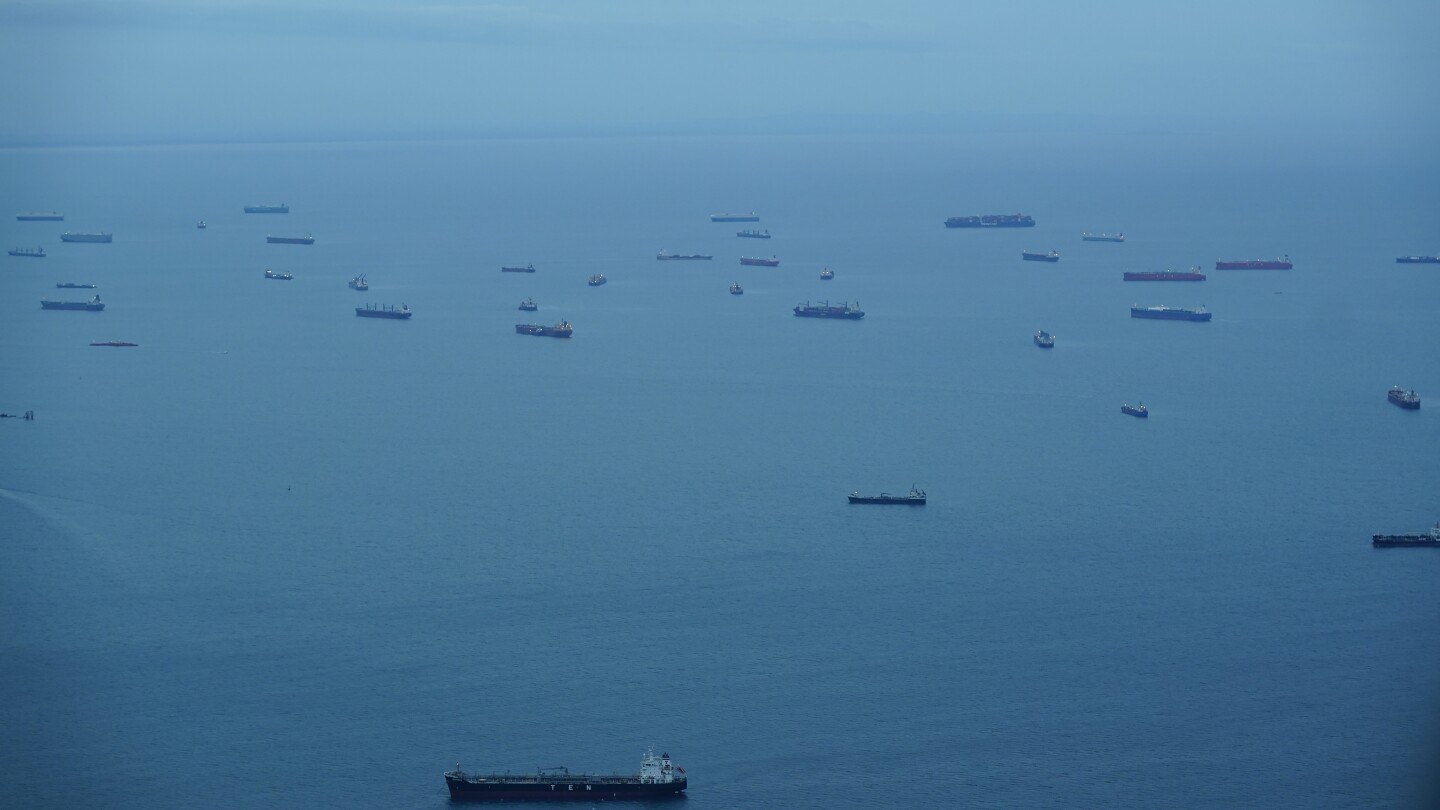The Panama Canal announced Saturday it will reduce the maximum number of ships travelling the waterway to 31 per day, from 32 in August, due to a drought that has reduced the supply of fresh water needed to operate the locks.
That compares to daily averages of 36 to 38 ships per day under normal operation.
Nine ships per day will be allowed to use the new, bigger NeoPanamax locks and 22 per day will be handled through the older Panamax locks.



I don’t think maintenance is the prohibitive factor; I think it’s energy.
I don’t know if there’s a c/theydidthemath on this instance, but…the locks ultimately lift ships about 25 meters or so up to the level of the canal, right? So if you were to pump the locks full of water from sea level, you would have to pump a volume of water equal to the lock’s area, 25 meters deep, up to 25 meters up hill. I’m too lazy to look up the numbers and solve for watt-hours, but I’m imagining to operate all the locks in the canal that way you’d need a power station worthy of a captain planet villain.
Using fresh water from the inland waterway (including a freshwater lake) allows the locks to be filled by allowing water to run downhill with no additional power needed.
It is my understanding (and late night refusal to look it up) that the newer locks have water storage tanks off to the side so that water drained from a lock on a “downward” trip can be used to at least partially fill the lock below it on its next “upward” trip such that less total water is released with each cycle of the locks, but still none of it is pumped uphill.